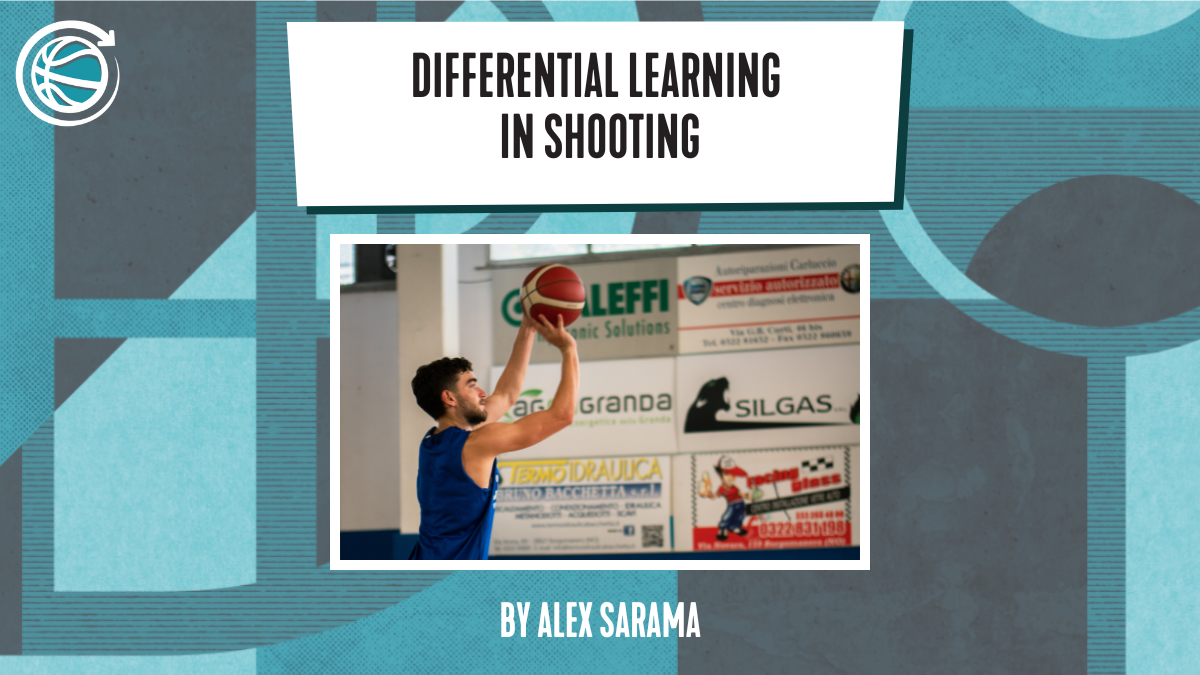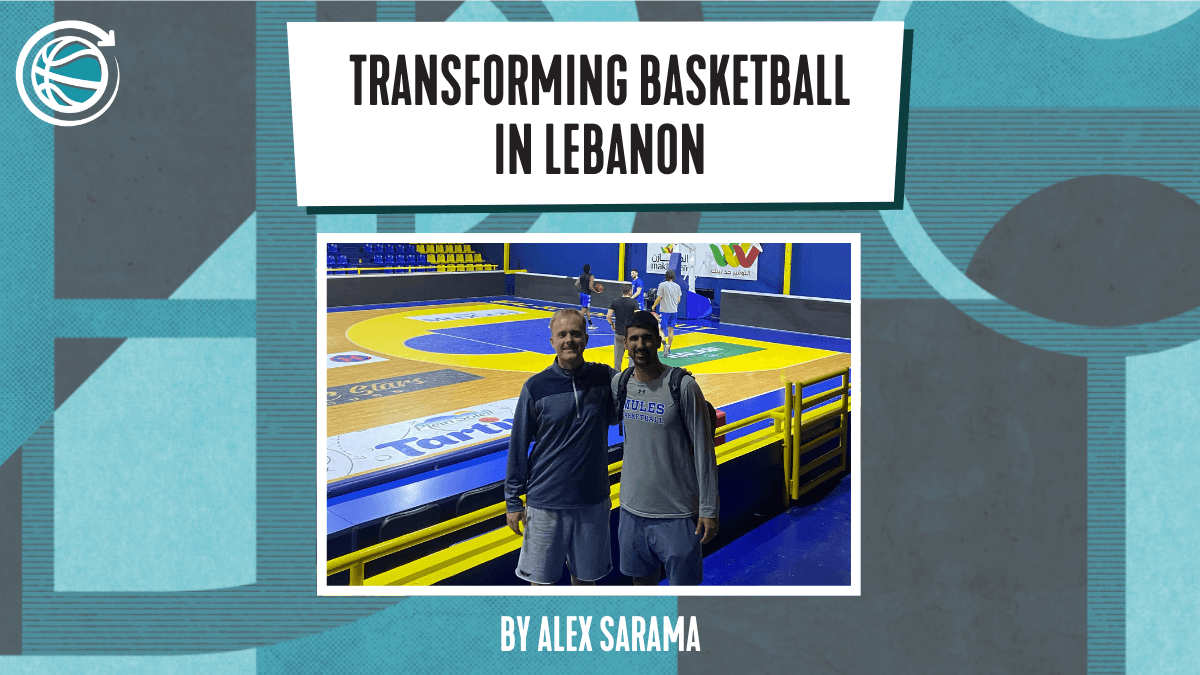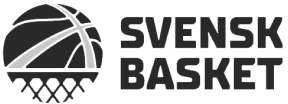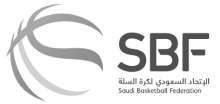Differential Learning in Shooting


A question we receive frequently at Transforming Basketball is how we develop adaptive shooters. This is where differential learning (DL) forms a key part of our player development framework, existing as a highly useful tool for complementing CLA practice tasks.
DL differs to the CLA in that the goal is not to manipulate task constraints. Rather, the goal is to destabilise existing movement solutions to encourage self-organisation. This may nudge a shooter towards a new, more effective solution which is aligned with their individual constraints. This is a great alternative to traditional shooting instruction which sees coaches imparting specific mechanics onto the shooter through decontextualized drills such as form shooting.
DL was invented by Professor Wolfgang Schollhorn. The primary goal of DL is to allow a player to gain information about the solution space (e.g. the different ways they can coordinate their body to shoot). Rather than just shooting using highly similar movement within their solution space, through all the movement perturbations that come with DL exercises, a shooter may explore many different movements. Over time, this may lead to a more functional and effective shooting coordination which emerges without the coach directly telling the player “how to shoot.”
Here is a paper by Schollhorn and colleagues outlining the DL approach: https://www.researchgate.net/publication/257608760_The_Nonlinear_Nature_of_Learning_-A_Differential_Learning_Approach
“The differential learning approach takes advantage of fluctuations in a complex system by increasing them through ‘no repetition’ and ‘constantly changing movement tasks’ which add stochastic perturbations. Previous research has provided much evidence on the superiority of
a differential learning approach for learning single movement techniques, in comparison to repetition- and correction-oriented approaches.” (Schollhorn et al., 2012).
Here is a practical thread seeing how DL is applied in-context:
https://twitter.com/AlexJSarama/status/1504484398208458757?lang=en
Critically, the idea when using DL is not to shoot in a similar manner to how players will shoot in the game (as seen in CLA practice tasks). DL tasks are often highly exaggerated. Some of these variations may occasionally look similar – for instance shooting out of different stances and with different release speeds – but many of these movements are actually irrelevant and will not be seen in a game.
This is because the goal is not for players to move similarly to the game, but instead to perturb the system. This is the idea of stochastic resonance, which underpins a DL approach. The “noise” created by DL practice activities are viewed as positive factors as they help strengthen a player’s movement solutions. This is different to many of the traditional shooting drills which dominate the basketball world.
Practically, when performing DL activities, we want to encourage as much variability as possible. A shooter may shoot out of different stances (e.g. feet wide, feet narrow, staggered, one leg), with different release speeds, varying arc heights etc. There are an endless amount of ways to do this! As the shooter performs their DL tasks, they should continually be changing their range and location (even if this means taking one or two steps between every shot). The passer should also pass from different angles, from different locations and with varying velocities/ spins.
Using DL for warm-ups is a highly effective strategy as it “opens up” a player’s system degrees of freedom. It can also be an excellent tool for light training days, especially for recovery to help players restore a range of various movement solutions post-competition. DL can fit in excellently alongside CLA shooting activities, such as 1-on-1’s, 2-on-1’s, 2-on-2’s etc with varying task constraints. While DL involves decoupling, it is a different type of decoupling to traditional drills because of how it is done in order to increase the solution space and infuse lots of variability. The idea is that this may then transfer back into the CLA practice tasks.
For coaches who find it challenging to move completely away from traditional approaches to shooting, DL is a great middle-ground between traditional drills and the CLA. DL is effectively the alternative to relying on form shooting and teaching shooting mechanics, while also offering a high amount of time-on-task which is not always possible within CLA activities.
Take a deep dive into DL in E32 of the Transforming Basketball Podcast with Francesco Nanni:
























